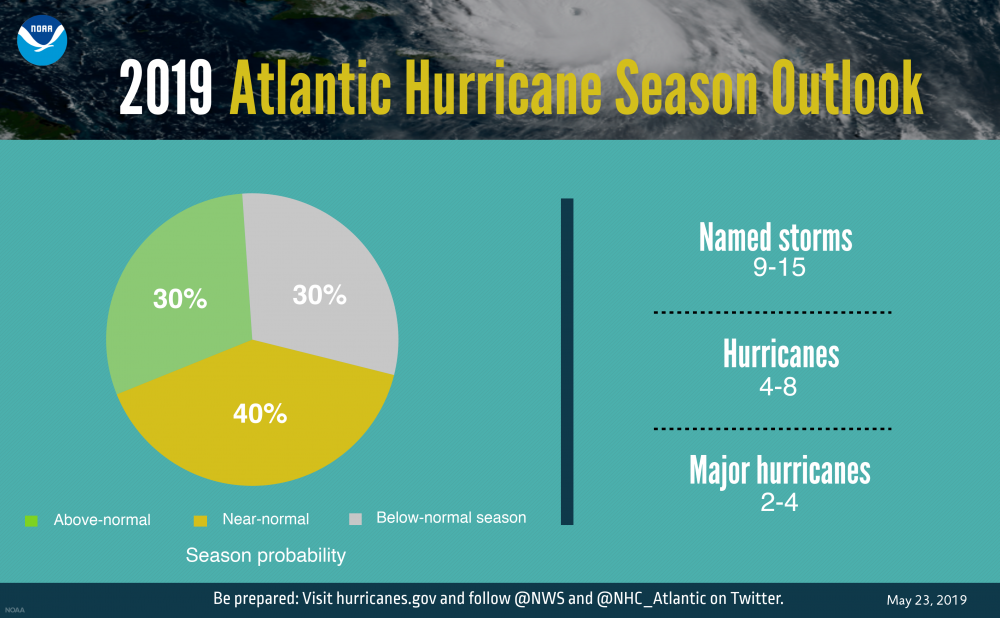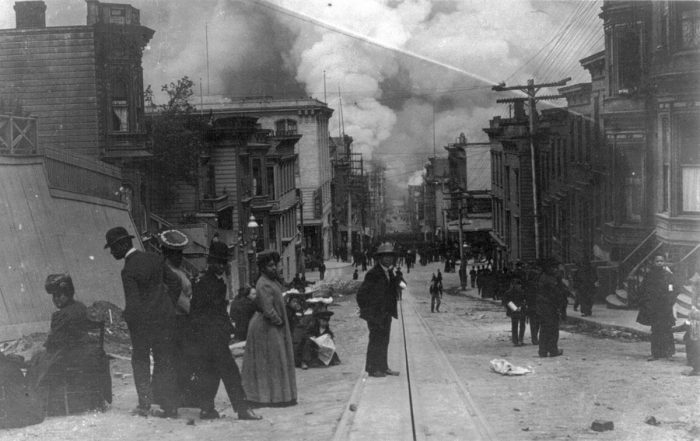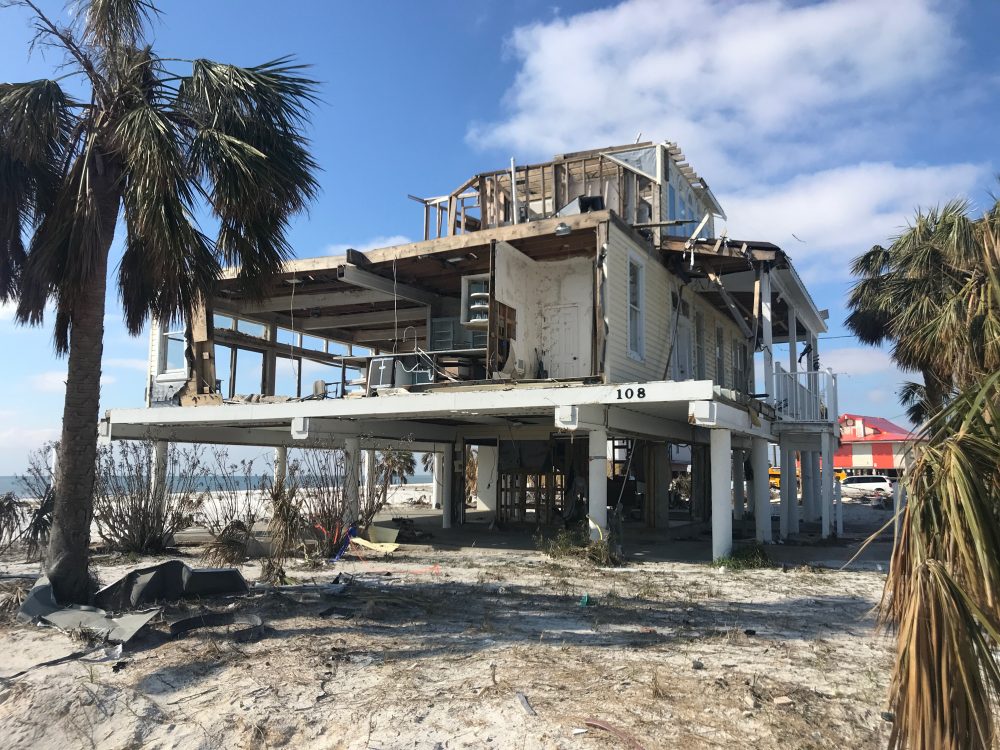2019 Hurricane Season Predictions: “Near-Normal” Sounds Good
Editor’s Note: As of Aug. 8, NOAA forecasters updated their prediction, increasing the odds of an above-average 2019 hurricane season. With the kickoff of hurricane season on June 1, forecasters at NOAA’s Climate Prediction Center are predicting a “near-normal” hurricane season this year. (When did “normal” sound so good?!) Here is a snapshot of their […]

Editor’s Note: As of Aug. 8, NOAA forecasters updated their prediction, increasing the odds of an above-average 2019 hurricane season.
With the kickoff of hurricane season on June 1, forecasters at NOAA’s Climate Prediction Center are predicting a “near-normal” hurricane season this year. (When did “normal” sound so good?!)
Here is a snapshot of their predictions for the season that runs through the end of November:
- 40 percent of a near-normal season.
- 70 percent likelihood of nine to 15 named storms.
- Four to eight of which could become hurricanes.
- Two to four of which could be major hurricanes (Category 3, 4, or 5).
NOAA predictions also included the eastern Pacific and central Pacific hurricane basins.
- An 70 percent chance of near or above-normal season is predicted for each region.
- Central Pacific model predicts five to eight tropical cyclones including tropical depressions, tropical storms and hurricanes.
- Eastern Pacific prediction model:
- 70 percent probability of 15 to 22 named storms.
- Eight to 13 of those becoming hurricanes.
- Including four to eight major hurricanes.
Although the concept of “near-normal” is music to many of our ears, now is not the time for complacency. One major hurricane can disrupt hundreds of thousands of lives and cause billions of dollars in damage.
So What’s a Funder to Do?
- Prepare, prepare, prepare! This is important if you live in a coastal area or if you live inland. Hurricanes can affect communities far from the coast so be well-prepared. Ensure that your continuity of operations plans (COOP) are up to date; that your communications strategies are current; that your plan for engaging internal and external stakeholders is in place and that you know how and when to reach out to your existing grantees to offer them support and guidance.
- Update your disaster grantmaking plan. If you do not have a plan for how to allocate grants before, during or after a disaster, draft one. Know what dollars are available to grant to hurricane preparedness or recovery activities and have an idea of which organizations you would likely support in case of a disaster. CDP is happy to help you develop your plans.
- Call the Center for Disaster Philanthropy. The team at CDP would welcome a conversation around effective hurricane philanthropy. We can help you identify grantees, craft a grantmaking strategy, provide you with timely and relevant disaster information and support you and your community before, during and after a major storm hits.
More like this

How Black History Has Influenced Disaster Planning

